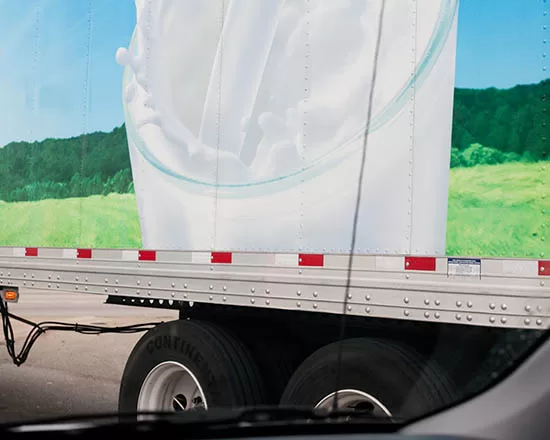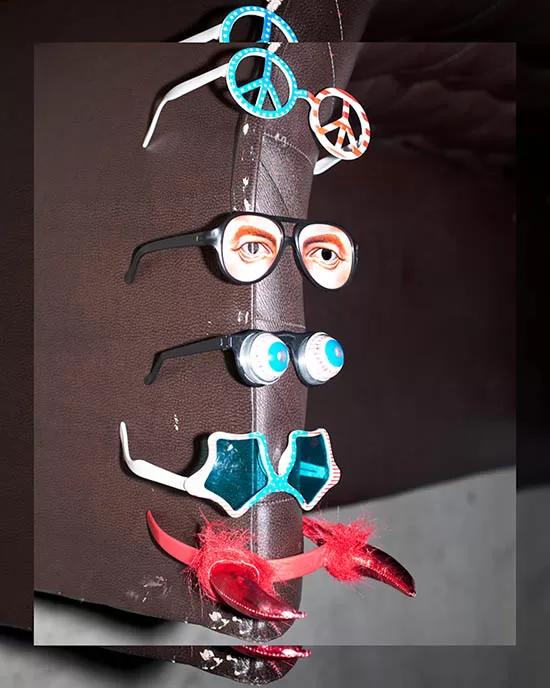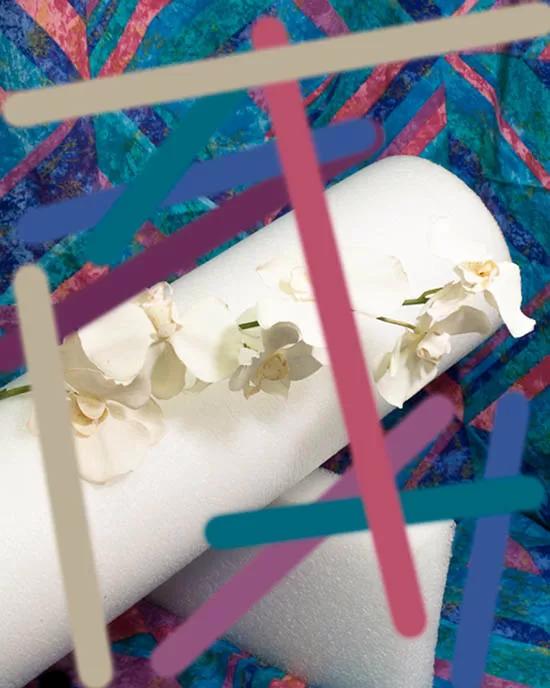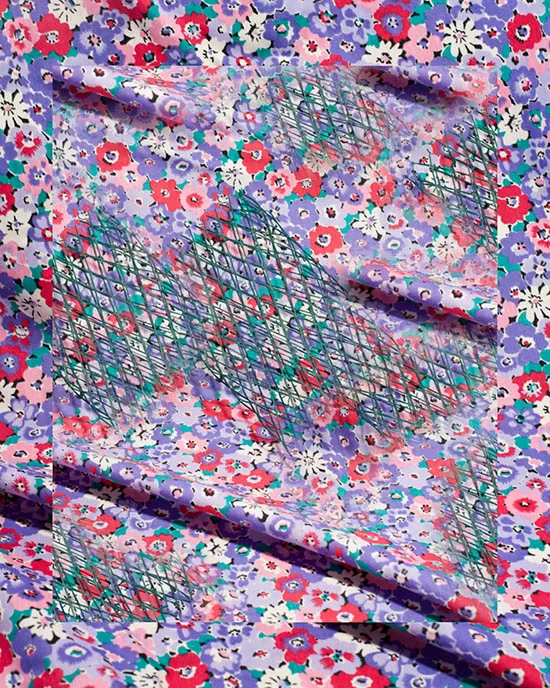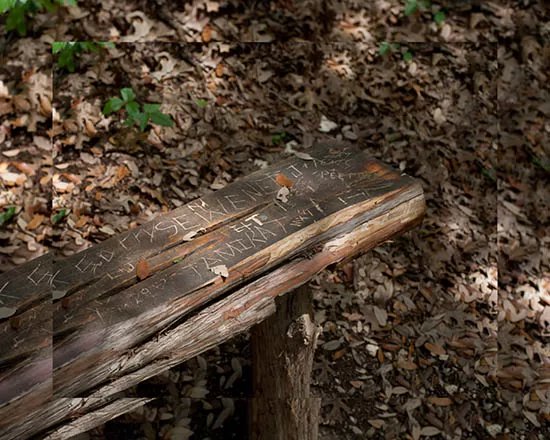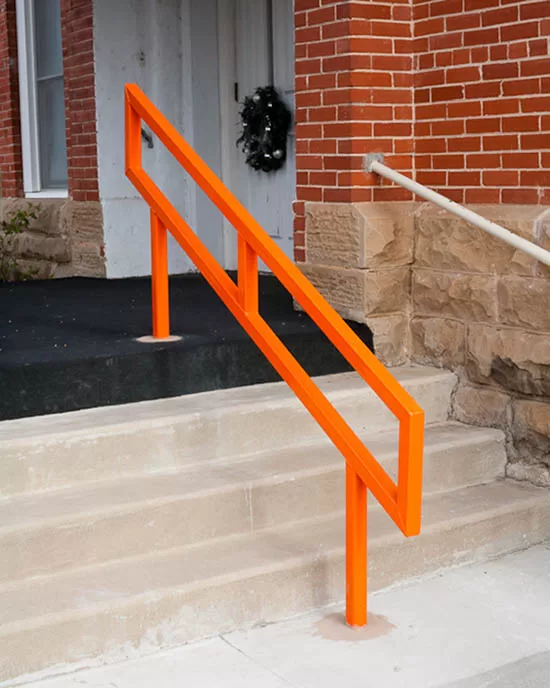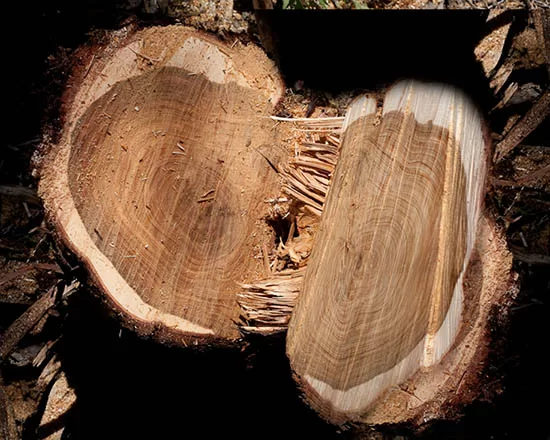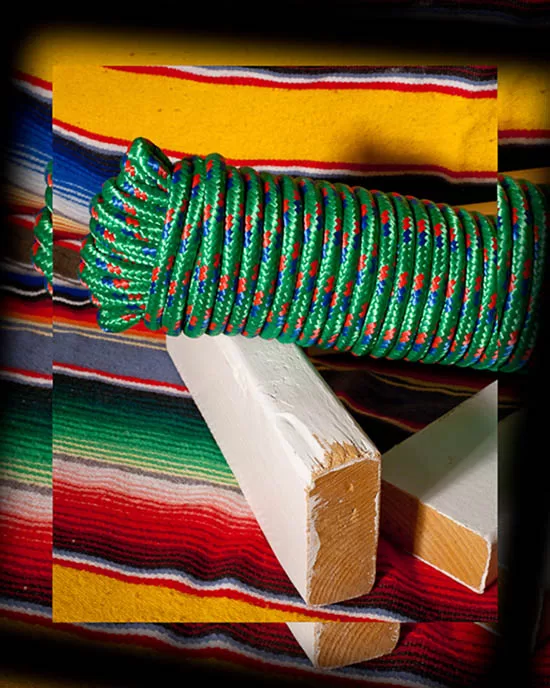Four Statements: Casey Wilson
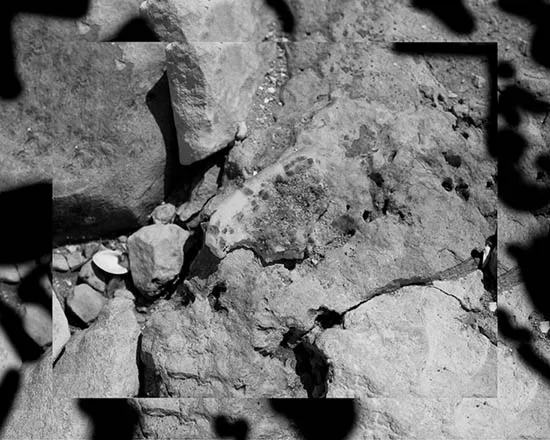
The simplest gestures are usually the most effective. Never is this statement more true than with Casey Wilson‘s four statements. Boasting an array of contemporary views on life, a set of four jumps right out, in situ, to form an intriguing selection that poses a few simple points. Initially set out as visual strategies, springing from artificial sculptures amongst us and the man-made manipulation of nature, it then sparks a loose investigation of the control we have over our environments and what we do to our close and distant spaces.
Solid blocks of colour form the loose strategy as orange, brown, grey, and green, and a bold glass of milk white stimulates a visual pleasure, far beyond our imagination. The imagery pulls us in like a magnet. The shafts of light are drawn in from the chaos around, tamed to present one object per picture. Their personalities ooze suggestion as the objects create human forms. A log smoothly brought in, in a perfect line, to reveal fingers in the centre, connoting exuberant sensations. It comes down to the viewer to decide, mimicking the function of a Rorscach test.
Aesthetics have been a crucial component in photography since its very beginning, but even more so in today’s culture as rich imagery is dotted around us whenever we open our eyes – on the streets or in our homes. Thus, to define what goes past visual pleasure becomes the question. A beautiful bonus of the influx of open projects is the breathing space it allows us; when we were once dictated to by photographers’ intentions, to follow like the lines in a book, blissfully following supposed truth. The rigid summations that would follow previously seem to be thrown out of the window in recent works. Although what’s on discussion seems a small segment, each image carries a heavy burden allowing the four cement steps to feel like a weighted issue.
The view from a car, from what seems like something from The Truman Show, gives us a surreal insight into an unfathomable position the photographer has created, when the spaces shown may not appear as imposing when they are physical. The craft of photography has created a false illusion of what these objects look like, secluding any other information but the subject itself. It is these bold tendencies that are impossible to ignore and ignite a confusing structure to decipher, secluded to four separate objects. Yet only when time is spent with the images does their spark tell individual tales, and all four combined concoct a deeper level of complexity. For the photographer felt so strongly to create these images, to display them on a platform, they now therefore hold importance. This importance might purely be down to the photographer’s experiences, yet each interpretation will always differ.
The key component to contemporary work lies in its ambiguity. Following the rebellion towards its conclusion seems to be commonplace. When historically photographs carried a sense of logic, the works photographers delve into in our present time are open and free, likening to a virtual simulation allowing the viewer freedom to open any door, and discover meaning for themselves. It is only when supplementary information is provided we arouse an understanding of the true gestures the makers look to create. It becomes a loose conversation between the viewer and the photographer, using the pictures as talking points, enabled only by serendipity.

